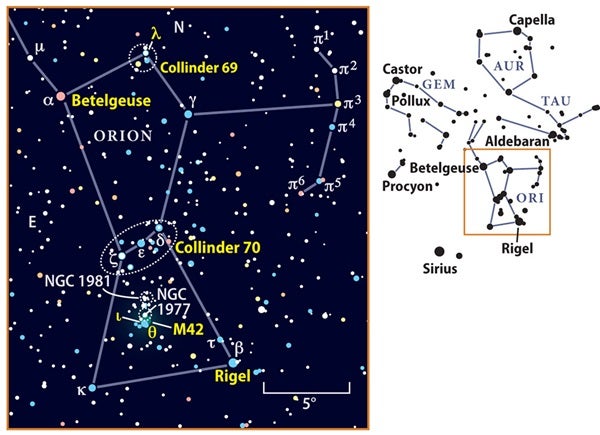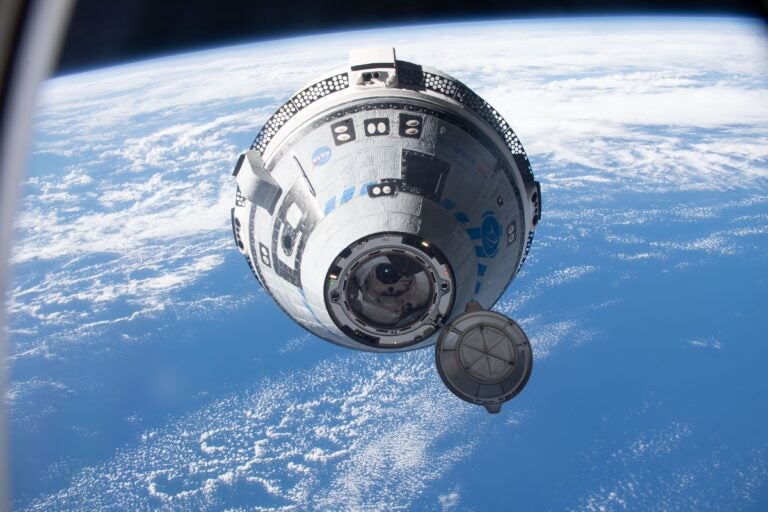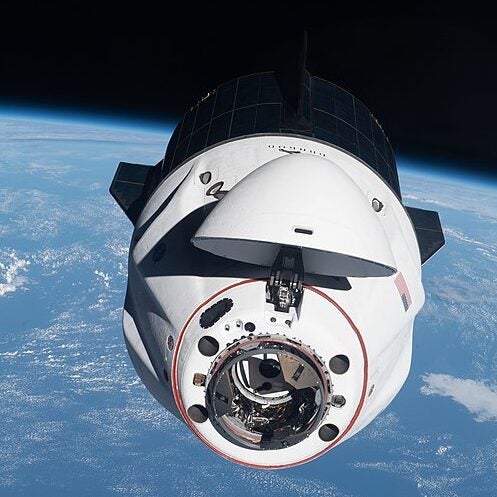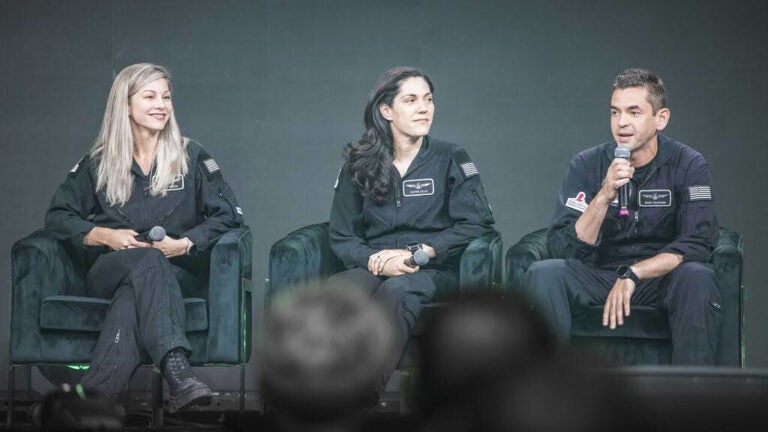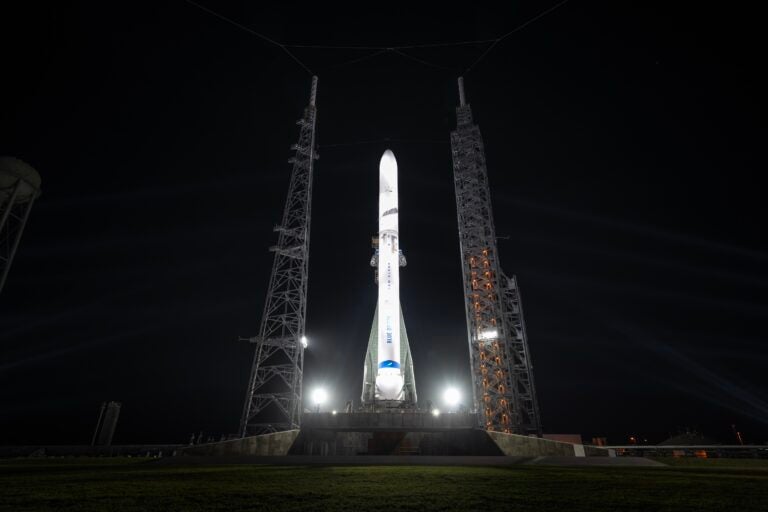The December night sky is famous for its wash of bright stars, including those forming the Celestial G — namely, Betelgeuse, Rigel, Sirius, Procyon, Pollux, Castor, Capella, and Aldebaran (going clockwise). It also hosts a cache of naked-eye deep-sky objects, many of which are in Orion, as are two of the most famous asterisms in the celestial sphere: Orion’s Belt and Sword. Both are parts of the southern extension of the Orion Molecular Cloud (OMC), which is a vast complex of bright nebulae, obscuring dust clouds, and young star-forming regions all some 1,500 light-years distant and several hundred light-years across.
The most popular of all the OMC’s structures is M42, the great Orion Nebula — the middle “star” in Orion’s Sword. This enormous cloud of dust and gas glows because of the ultraviolet radiation streaming from its central Trapezium star cluster (Theta [θ] Orionis). We see this structure without optical aid as a swollen knot of starlight at the nebula’s core.
The second object of interest is 3rd-magnitude Iota (ι) Orionis — the southernmost star in Orion’s Sword. Some 2½ million years ago, gravitation slung it out of the Trapezium star cluster to where we see it today, 2,000 light-years distant from that central region. Iota also is the brightest member of a small open star cluster called NGC 1980, which is immersed in veils of nebulosity visible through telescopes.
Shouldering M42 to the north is what we commonly consider the faintest of the three naked-eye stars in Orion’s Sword. Look closely, though, and you’ll see that it is two stars — the two brightest in the loose open star cluster NGC 1977, which is also surrounded by several swatches of bright and dark nebulosity. Under dark skies, some observers have seen its brightest clouds without optical aid, meaning M42 is not the only bright, naked-eye nebula to be found in Orion’s Sword.
But the most secreted of all Orion’s naked-eye wonders is the magnitude 4.6 open star cluster NGC 1981. It holds the distinction of being the northernmost, and faintest, “star” in Orion’s Sword. The cluster has roughly the same apparent size as the Full Moon and shines with a pale light. But it is a wonder through binoculars and telescopes.
The Sword dangles from Orion’s Belt, which itself is more than meets the eye. Its three brightest stars belong to the open star cluster Collinder 70, which contains 100 members that coil around the Belt stars like a celestial python. You can glimpse some of the brighter objects without optical aid, and binoculars will reveal at least 70 of them with a single glance.
Our last Orion naked-eye wonder is an isosceles triangle made of three stars grouped midway between and a little north of the Hunter’s shoulders. They make up his head. The brightest, 3rd-magnitude Meissa (Lambda [λ] Orionis), shines as the primary star in the Lambda Orionis Association (Collinder 69) — a sparse conglomerate of some 20 binocular/telescopic stars spread across 70′ of sky. A huge supernova explosion 1–2 million years ago triggered star formation in the region and affected the structure of the vast 4°-wide cloud of gas and dust known as Sharpless 2–264, in which Collinder 69 resides.
If you get under dark skies, see if you can detect the area around Lambda Orionis without optical aid. Whether you see the nebulosity itself or just an optical fuzziness due to the closeness of the stars will be debatable. Either way they took this fuzziness, early stargazers did not overlook the region’s cloudy appearance. Its original Arabic name is Al-Hak’ah or Al-Haq’ah, which refers to Orion’s head as “a white spot.” The Greek astronomer Ptolemy (ca. a.d. 100–170) described it in his work Almagest as “The Nebulous One” or “The Mistiness in Orion’s Head.”
One way to test whether you believe you see nebulosity is to block Lambda and its attendants with a distant rooftop or similar sharp-edged structure. That should remove any artificial fuzziness, enabling you to investigate the visibility of the nebula itself.
If you were able to detect the Great Hunter’s jewels, send your observations to me at
sjomeara31@gmail.com.


